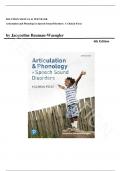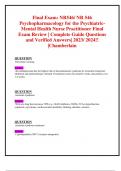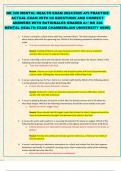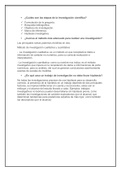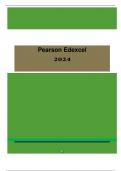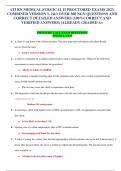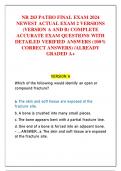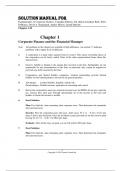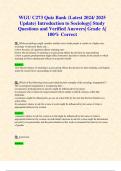Examen
Solution Manual and Test Bank for Articulation and Phonology in Speech Sound Disorders: A Clinical Focus 6th Edition by Jacqueline Bauman-Waengler, All Chapters |Complete Guide A+
- Cours
- Établissement
Solution Manual and Test Bank for Articulation and Phonology in Speech Sound Disorders: A Clinical Focus 6th Edition by Jacqueline Bauman-Waengler, All Chapters |Complete Guide A+
[Montrer plus]
